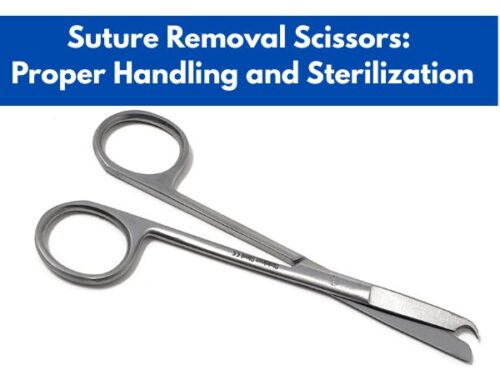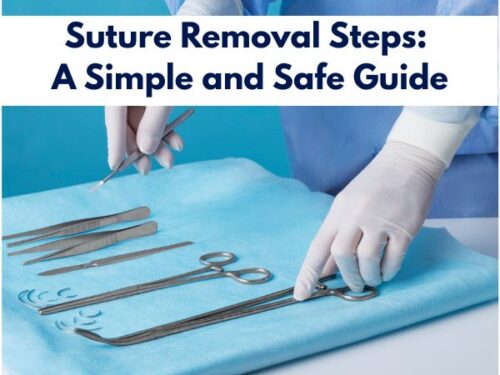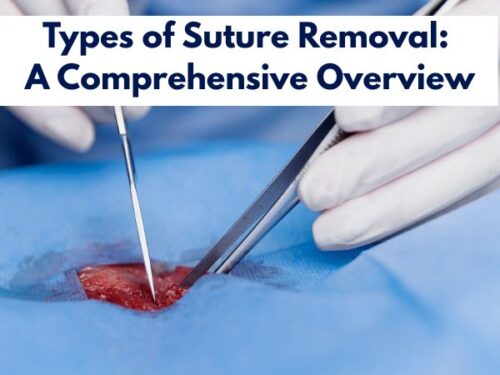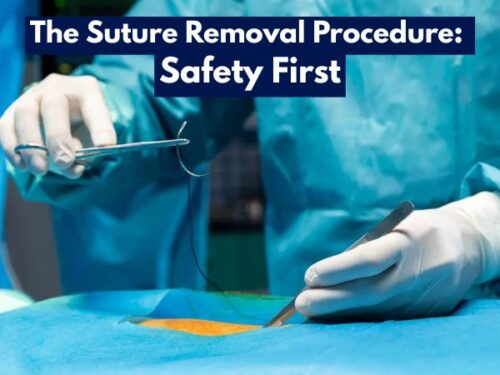What is Anchor Surgical Tissue Retrieval used for?
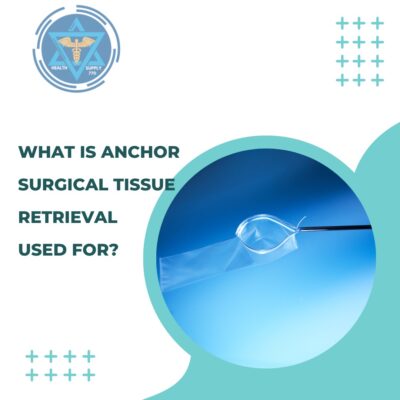
Undergoing an invasive surgical procedure was no less than a nightmare in the past. However, recent advances in the field of surgical devices, including innovations like the anchor surgical tissue retrieval system, have paved the way towards minimal access surgical (MAS) procedures which are easy to conduct and are less time-consuming. Such advances have not left the laparoscopic processes untouched.
Laparoscopy, also known as keyhole or minimally invasive surgery, is a surgical procedure done to access the internal abdomen. During laparoscopic surgery, unwanted body tissues need to be excised and taken out of the body without spillage. This is crucial because leakage of the contents of a cyst or carcinoma inside the body can lead to future infections or diseases.
For instance, cellular spillage from the tumorous gall bladder during its removal can result in the leakage of cancer cells into the body. These cells might then spread to nearby organs, ultimately leading to metastasis throughout the body. To fulfill this purpose, an anchor surgical tissue retrieval system can be used. This innovative tissue retrieval system enables surgeons to safely retrieve the excised tissue with minimum spillage.
Components of an anchor surgical retrieval system
An anchor surgical retrieval system has the following components:
- Nylon, polyester, or polyurethane-based disposable pouches or endobags which vary in sizes from smaller to larger ones with a capacity of up to 1500 ml. Different sizes of these fiber-reinforced bags are also color coded for easy identification. These must be impermeable to make sure the absence of any spillage while tissue retrieval.
- An introducer tube is employed to deliver the endobag into the body.
- A deployment system with a push/pull rod attached to a syringe-like thumb ring, a back handle, and a finger ring handle along with a push button with an internal push rod.
Types of endobags used in retrieval systems
Endobags used in an anchor surgical tissue retrieval system are:
- Nadiad bags
- Modified zipper bags
- Handmade pouches using powder-free surgical gloves
- Condoms
Available volumes of the endobags
Endobags are available in multiple dimensions with varying volumes and diameters which are enlisted below:
- 40 ml
- 60 ml
- 195 ml
- 200 ml
- 1500 ml
Available diameters of the endobags
- 5 mm
- 10 mm
- 12 mm
- 5 mm
- 15 mm
- 16 mm
- 20 mm
Available lengths of the endobags
- 30 cm
How to assemble a surgical retrieval system?
Although the assemblage of an anchor surgical retrieval system is uncomplicated, it follows the following steps:
- Keep the bag in an open position using metallic rings.
- To facilitate the closure of the bag once the sample has been loaded, a suture with a slipknot has been attached to the bag.
- Perforations on the endobags help the bad to deflate once the external string is pulled.
Uses of surgical retrieval system
Anchor surgical retrieval system finds applications in multiple surgical procedures which include:
- An anchor surgical retrieval system is employed during appendectomy i.e. for appendix removal.
- It also finds application in gallbladder surgeries, termed cholecystectomy.
- Small ovarian cysts can also be removed using retrieval systems.
- An ectopic pregnancy (i.e. a pregnancy in which fertilized egg is implanted outside the uterus) has to be terminated. For this purpose, the retrieval system helps empty the uterine contents via the vaginal route.
- Salpingectomy which is the surgical removal of fallopian tubes also utilizes endobags with a deployment system.
- Removal of ovaries via surgery i.e. oophorectomy also engages the anchor surgical retrieval system.
- Removal of benign tumors from different parts of the body can also be done using this system.
Merits of using an anchor surgical retrieval system
An anchor surgical retrieval system provides the following advantages:
- Anchor retrieval systems are safe to use.
- The technology is cost-effective rendering multiple uses economically accessible.
- Retrieval endobags are easy to store and lightweight.
- Transparent endobags enable the surgeon to view its contents.
- Pre-sterilization of the endobags before employment reduces the chances of the possible transfer of microbes into the body.
Demerits of using an anchor surgical retrieval system
Although the simple surgical retrieval systems are generally safe and very easy to use, there still remain some side effects of the technology which are as follows:
- The endobags are prepared with transparent materials and thus are sometimes hard to locate inside the body if dropped.
- Retrieval pouches, being slippery in nature, can slip inside the body through the incised orifice.
- As the hand-made endobags have no hard rim, it becomes complicated to handle them inside the abdominal cavity.
Precautions
Following precautionary measures must be taken when employing a surgical retrieval system:
- It should be ensured that the retrieval system is assembled properly. The push/pull rod must be checked for its functionality.
- The endobag being used must be clean and germ-free.
- A pre-sterilized surgical bag should be preferred.
- Make sure the endobag is powder-free especially when made using surgical gloves.
- The endobags must be checked for leakage before inserting into the body.
Conclusion
Specimen or tissue removal from the body during surgical procedures is a common practice in the medical field. But this removal can become problematic in some cases when the contents of the excised tissue leak into the body resulting in infections or other diseases. To remove these tissues, an anchor surgical retrieval system is employed. Endobags or retrieval pouches in this assembly provide the advantage of safe transfer of the excised tissues out of the body thus reducing the chances of infections as well as other health issues.















